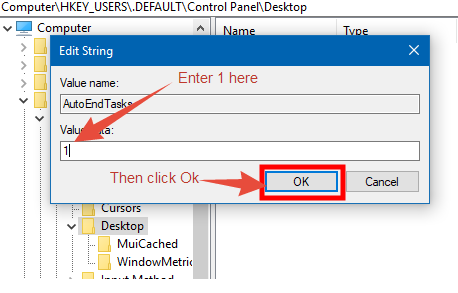
- MAC SHUTDOWN FROM COMMAND LINE HOW TO
- MAC SHUTDOWN FROM COMMAND LINE PC
- MAC SHUTDOWN FROM COMMAND LINE MAC
MAC SHUTDOWN FROM COMMAND LINE MAC
The Mac WILL restart when I forcibly cut power to it.Tests on other (older) Mac mini models have been successful, but both 2018 3.6 i3 Mac Minis running Mojave 10.14.6 are not consistently starting up once you supply power. Please note I do NOT have a UPS connected to the system. remove power once the power light goes out, but before the 5 minute timeout.Īctual result: Mac remains in powered-off state.With this command, your Mac will go to sleep after 60 minutes. execute the dirty shutdown from the command line Once in Terminal, use the following command: sudo shutdown -s +60.To use a command, type the command and press ENTER.
MAC SHUTDOWN FROM COMMAND LINE HOW TO
How to enter commands At the command line interface, use commands to configure the NMC.
Enabled "Start automatically after a power failure" option in Energy Saver prefs The command line interface provides options to configure the network settings and manage the UPS and its Network Management Card (NMC). My plan was to use the "dirty" shutdown from the command line to simulate a UPS shutdown: sudo shutdown -hu now. If you have any documents open with unsaved changes, your Mac won't go to sleep or shut down when scheduled.This 2018 Mac mini running Mojave is intended to run as a kiosk, but a daily sleep/wake cycle is proving problematic with some USB devices. No account is allowed to log in automatically. Your Mac won't shut down as long as you log in for it to let it do so manually in the scheduled time.Īnd with FileVault on, you have to log into your Mac then it starts up. ControlCommandMedia Eject : Quit all apps, then restart your Mac. ControlCommandPower button: Force your Mac to restart, without prompting to save any open and unsaved documents. Alternatively, you can use the following command to restart your Mac: osascript -e tell 'System Events' to restart. ControlPower button or ControlMedia Eject : Display a dialog asking whether you want to restart, sleep, or shut down. Keep in mind that any unsaved work will be lost, so make sure to save any important documents before using this command. Sudo pmset repeat cancel: Cancel the current schedule Once you have entered your password, your Mac will restart immediately. Do not remember to hit the Return/Enter key to make this command line take effect. If you plan to remove the schedule, then copy and paste this command line into the terminal window. You can also change the time to the one that fits your condition in one go. Sudo pmset repeat wake M 8:00:00: Schedule your Mac to wake at 8:00 a.m. If you want to set a time for your Mac to wake up, you can enter the following command line and hit the Return/Enter key: If you want to view all the schedules on your computer, type this command line and hit the Return/Enter key to initiate it. 
Step 2: Enter the following command line on the Terminal main window. Step 1: Launch Terminal on your Mac computer via Mac Launchpad or Spotlight Search.
MAC SHUTDOWN FROM COMMAND LINE PC
A click on the shortcut then shuts down the PC with a 20-second delay. You will use Terminal to complete this task, and you must ensure that all of the command lines you type are correct or your device may be damaged. A shutdown shortcut on the desktop is quickly produced: enter shutdown /s /t 20 (without quotation marks) click on Next.

If you're using macOS Ventura, you can use this section to learn how to set your Mac device to wake up and sleep at a specific time. So it's quite normal that the ways to schedule turn off and turn on Mac are different. How to schedule turn off and turn on Mac in macOS Ventura?Ĭompare with the last macOS version, macOS Ventura embraces kinds of new features and strengths.






 0 kommentar(er)
0 kommentar(er)
